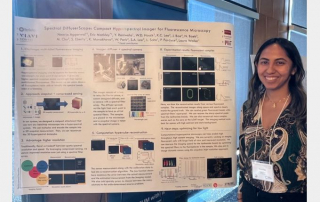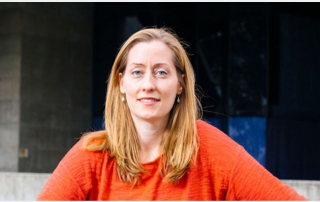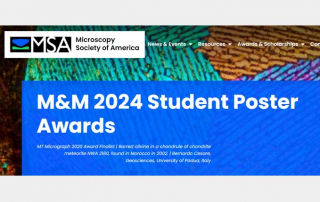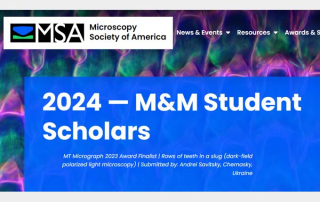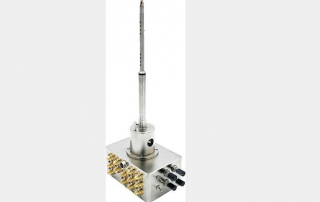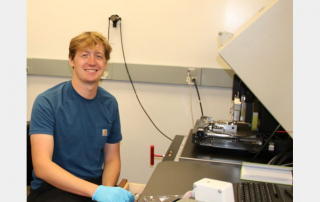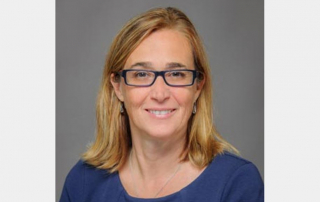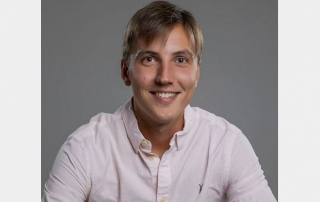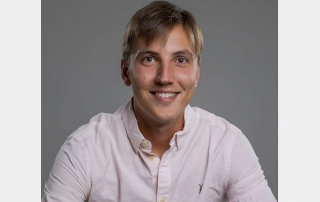Congratulations to Neerja Aggarwal for Receiving a Second Place Poster Award at the Advanced Imaging Methods Workshop at the University of California Berkeley
Neerja Aggarwal’s poster titled “Spectral DiffuserScope: Compact Hyperspectral Imager for Fluorescence Microscopy” received a Second Place Poster Award at the Advanced Imaging Methods Workshop at the University of California Berkeley.
